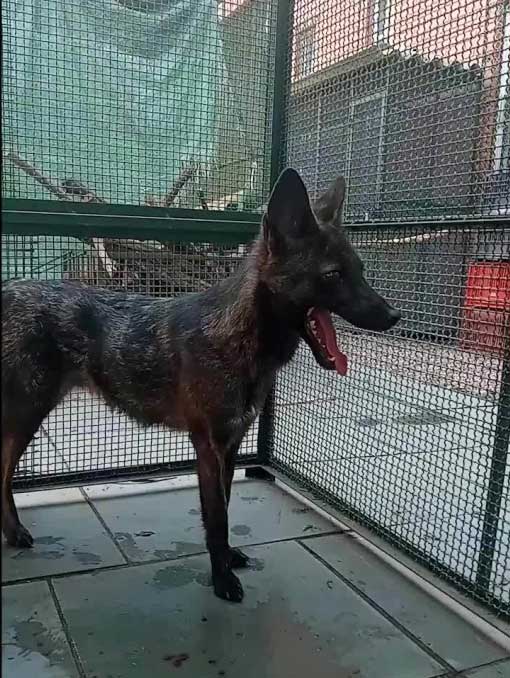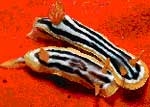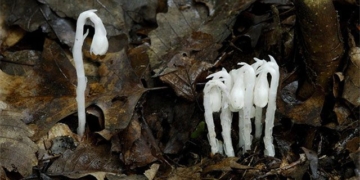Based on physical characteristics and genetics, experts have identified the first hybrid individual with a mother that is a South American grassland fox and a father that is a domestic dog.
The hybrid between the South American grassland fox and the domestic dog. (Video: IFL Science)
Researchers have documented for the first time a hybridization event between the South American grassland fox (Lycalopex gymnocercus) and the domestic dog, as reported by IFL Science on September 15. This new research was published in the journal Animals.
In 2021, a female individual was brought to the Wildlife Conservation and Rehabilitation Center at the Veterinary Hospital of the Federal University of Rio Grande do Sul (Brazil) after being hit by a car. With its unusual appearance and traits resembling both domestic dogs and wild canids, the expert team decided to investigate the genetic characteristics of this individual further.
Four wild canid species from the family Canidae residing in Rio Grande do Sul may have contributed to this hybrid individual. The first species, bushy-tailed dog (Speothos venaticus), does not inhabit the area where the hybrid was found. Thus, the remaining three species under suspicion are maned wolf (Chrysocyon brachyurus), crab-eating fox (Cerdocyon thous), and the South American grassland fox.
The maned wolf was also ruled out as it is the largest species in the dog family in South America, and its size and shape do not match the hybrid’s appearance. The other two species have a generally similar appearance, but their fur is grayer, while the hybrid has dark black fur with some white strands.

The hybrid between the South American grassland fox and the domestic dog.
The research team conducted a genetic analysis of the hybrid, comparing it with wild canid species and domestic dogs. They found that it has 76 chromosomes, while domestic dogs have 78 and the grassland fox has 74. Thus, the hybridization event between these two species produced an offspring with 76 chromosomes. Genetic analysis also indicated that the South American grassland fox and the domestic dog likely produced this hybrid, specifically with the grassland fox as the mother and an unidentified breed of domestic dog as the father.
“The animal is wonderful and is truly a hybrid between the grassland fox and the dog. It has a shy and cautious personality, often preferring to avoid people. I believe that during its time in the hospital for treatment, it began to feel safer,” shared Flávia Ferrari, a conservationist who cared for the hybrid.
The fox-dog hybrid fully recovered and was later transferred to the Mantenedouro São Braz conservation center in Santa Maria. It died this year, and the cause is currently unknown. The expert team stated that more thorough research is needed to assess the frequency of hybridization events and their impact on wild grassland fox populations.





















































